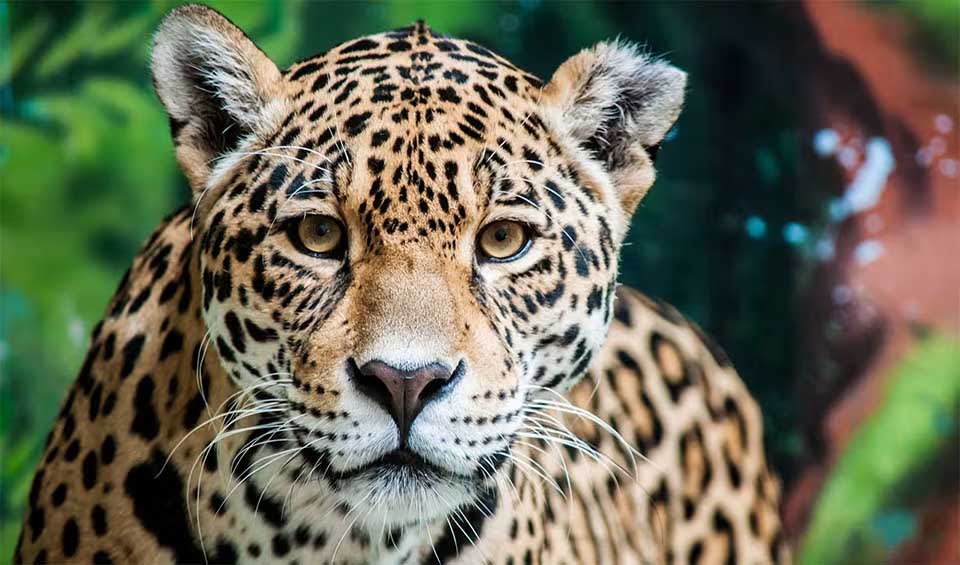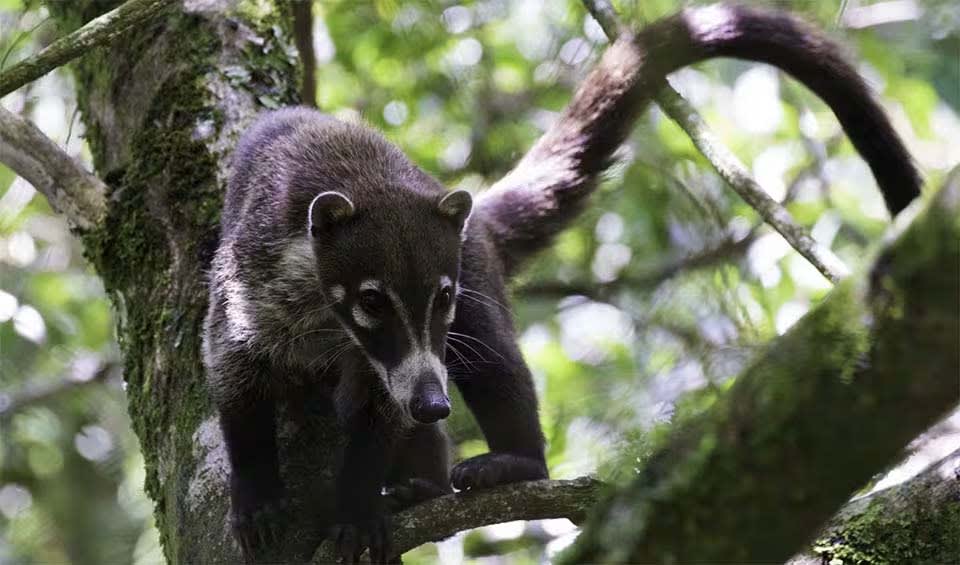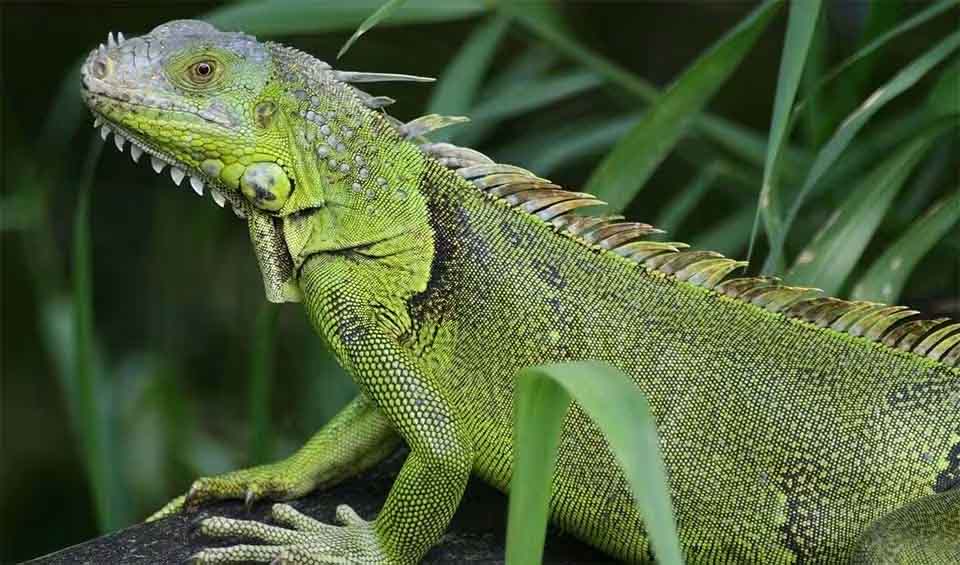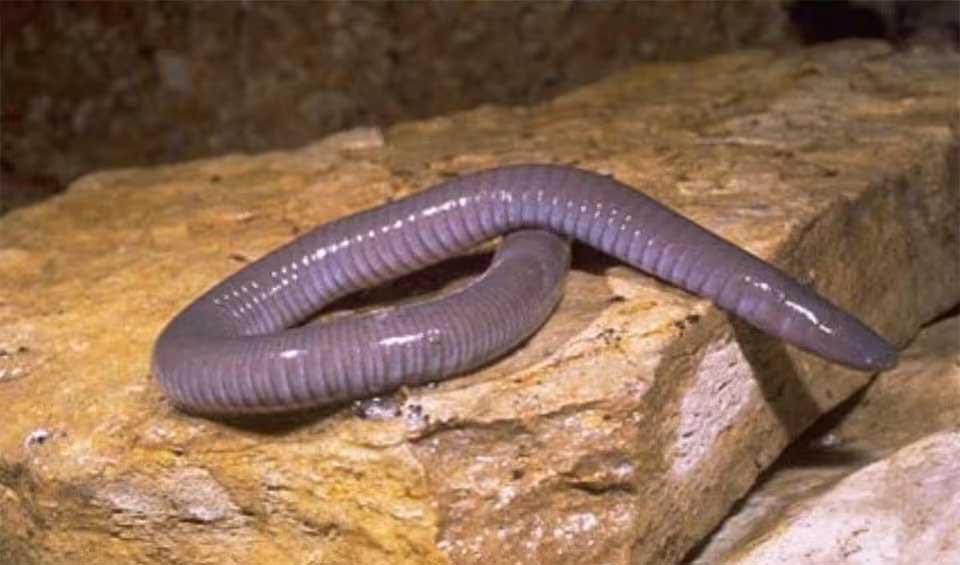El Salvador is unique in Central America as the smallest country and the only one that does not border the Caribbean Sea. It lies within the Mesoamerican biodiversity hotspot, home to approximately 7% of the world’s biodiversity. The country’s forest cover totals 298,000 hectares (2,980 km²), which accounts for 14.4% of its land area, featuring diverse types such as coniferous, broadleaf, mangrove, plantation forests, and coffee shade forests.
The country’s varied landscapes support a rich array of biodiversity. The country’s tropical forests, such as those in El Imposible National Park and Montecristo Cloud Forest, are home to many wildlife, including jaguars, pumas, and howler monkeys. These forests also support numerous bird species, such as toucans, quetzals, and hawks. The coastal areas and mangrove swamps, particularly around the Jiquilisco Bay Biosphere Reserve, provide critical habitats for marine life and migratory birds. The country’s rivers and lakes are home to various fish species and contribute to the overall ecological diversity.
Four pillars elaborated:
El Salvador is home to a diverse collection of protected areas including national parks, natural monuments, and ecological parks, all crucial for conserving the nation’s rich biodiversity and offering recreational and educational opportunities. Noteworthy protected areas such as Montecristo National Park, Cerro Verde National Park, El Imposible National Park, and the Apaneca-Ilamatepec Biosphere Reserve showcase a range of ecosystems from cloud forests and dry forests to volcanic landscapes. To enhance the preservation and management of these areas, the government of El Salvador has initiated several projects, such as the Protected Areas Consolidation and Administration Project. This project focuses on strengthening the management of these protected regions and fostering sustainable development practices within them. Land Management
Land Management
El Salvador’s biodiversity faces multiple significant threats, including habitat reduction and fragmentation due to land use changes from agricultural expansion, urban development, and infrastructure projects. Over-exploitation of resources through unsustainable logging, fishing, and hunting, along with contamination from pesticides, industrial waste, and untreated sewage, further degrades terrestrial and aquatic ecosystems. Additionally, invasive species disrupt native populations by outcompeting or preying on them, while climate change alters temperature and precipitation patterns, challenging the survival of native species and the balance of ecosystems. Threats to Biodiversity
Threats to Biodiversity
El Salvador is committed to preserving its rich biodiversity and has made substantial strides in this direction. The creation of national parks and nature reserves has been fundamental in protecting the nation’s diverse ecosystems and endangered species. Additionally, the government has launched the National Biodiversity Strategy and Action Plan, which aims to bolster conservation efforts nationwide through sustainable practices, habitat restoration, and safeguarding crucial ecosystems. These initiatives are designed to secure the long-term preservation of El Salvador’s distinctive flora and fauna. Beyond governmental actions, local communities also play a crucial role in conservation. Community-driven projects, including reforestation, wildlife monitoring, and environmental education, are crucial in fostering sustainable habits and enhancing public understanding of the importance of biodiversity conservation. Capacity and Governance
Capacity and Governance
El Salvador’s National Biodiversity Strategy and Action Plan (NBSAP) underscores the critical importance of integrating biodiversity considerations into the economy to foster sustainable development that benefits both the environment and society. Central to the NBSAP are the restoration and conservation of critical ecosystems, with ongoing efforts to rehabilitate degraded areas and protect vital habitats essential for diverse species, thereby maintaining ecological balance. Additionally, the plan prioritizes engaging the general population and local communities in biodiversity conservation, aiming to enhance public awareness and encourage active participation, which fosters a collective sense of responsibility and stewardship towards El Salvador’s unique natural heritage. Future Trends
Future Trends
Biodiversity
El Salvador, the smallest country in Central America, boasts a remarkable biodiversity that makes it a haven for nature enthusiasts. The country hosts over 200 species of animals, including vibrant butterflies, iconic birds such as the quetzal and toucan, and mammals like ocelots and spider monkeys. Its diverse flora includes orchids, ferns, and various trees, thriving across unique habitats such as cloud forests and volcanic ranges.These environments offer ideal conditions for a wide array of species. The lush cloud forests are particularly notable for their vibrant orchids and a variety of bird species, including the sacred and resplendent quetzal. The volcanic ranges enrich the soil, supporting a rich array of plant life that, in turn, sustains diverse animal populations. Additionally, El Salvador’s coastal areas are vital for biodiversity, with mangrove forests providing essential habitats for numerous marine species.
In the table below are the number of known species in several main groups, how many of these species are Threatened with extinction, and how many of them are Endemic (unique to El Salvador only):
| Species (World rank) |
Threatened | % Threatened | Endemic | % Endemic | |
|---|---|---|---|---|---|
| Mammals | 160 (#72) | 6 | 3.8% | ||
| Birds | 489 (#71) | 9 | 1.8% | ||
| Reptiles | 153 (#63) | 10 | 6.5% | ||
| Amphibians | 30 (#80) | 9 | 30.0% | 1 | 3.3% |
| Fishes | 586 (#98) | 33 | 5.6% | 2 | 0.3% |
| Plants | 5,772 (#52) | 33 | 0.6% | 27 | 0.5% |
mammals
Jaguar
This solitary cat is America’s largest feline and the world’s third, after the tiger and the lion
White-nosed coati
Helps balsa trees to pollinate while they provide an essential resource of nutrition and hydration in return when the resources are scarce
Lesser long-nosed bat
The fact that they are critical pollinating agents for the blue agave plant (used to make tequila) saved them from the brink of being endangered
birds
King vulture
The most colorful vulture, with the orange cruncle
Jabiru
One of the tallest flying birds of Americas
Blue-footed booby
When choosing a mate, foot color is of primary importance as a reliable indicator of health, immunity, and age
reptiles
American crocodile
These creatures often ingest stones, aiding food digestion and buoyancy regulation in the water
Green iguana
From the US down to Brazil, this trans-American lizard is the most common iguana
Yellow-bellied sea snake
The most widespread species of snakes on earth are found throughout the Indian and Pacific Oceans and from Africa to Central America
amphibians
Cane toad
When a big one meets a smaller one, it’s lunch!
Black-eyed leaf frog
Has bulging orange eyes that seem to pop right out of its head, earning it the nickname “popeye hyla”
Mexican burrowing caecilian
The shy caecilian is an excellent burrower with a sleek, eel-like body and beady eyes
National Animals
Turquoise-browed motmot
Unlike many other birds that build nests in trees or bushes, they excavate burrows in earthen banks or road cuts

















